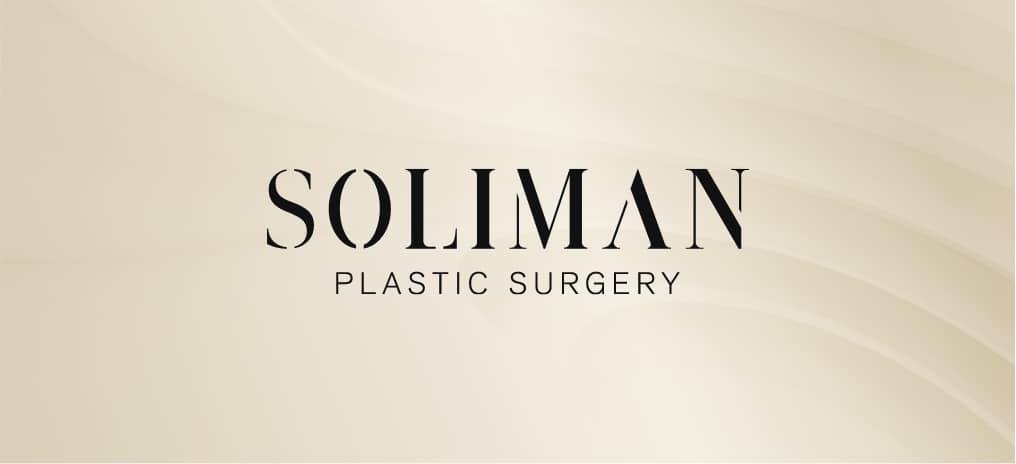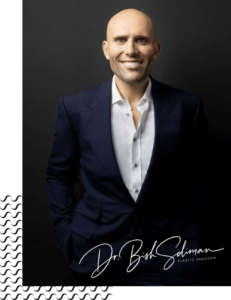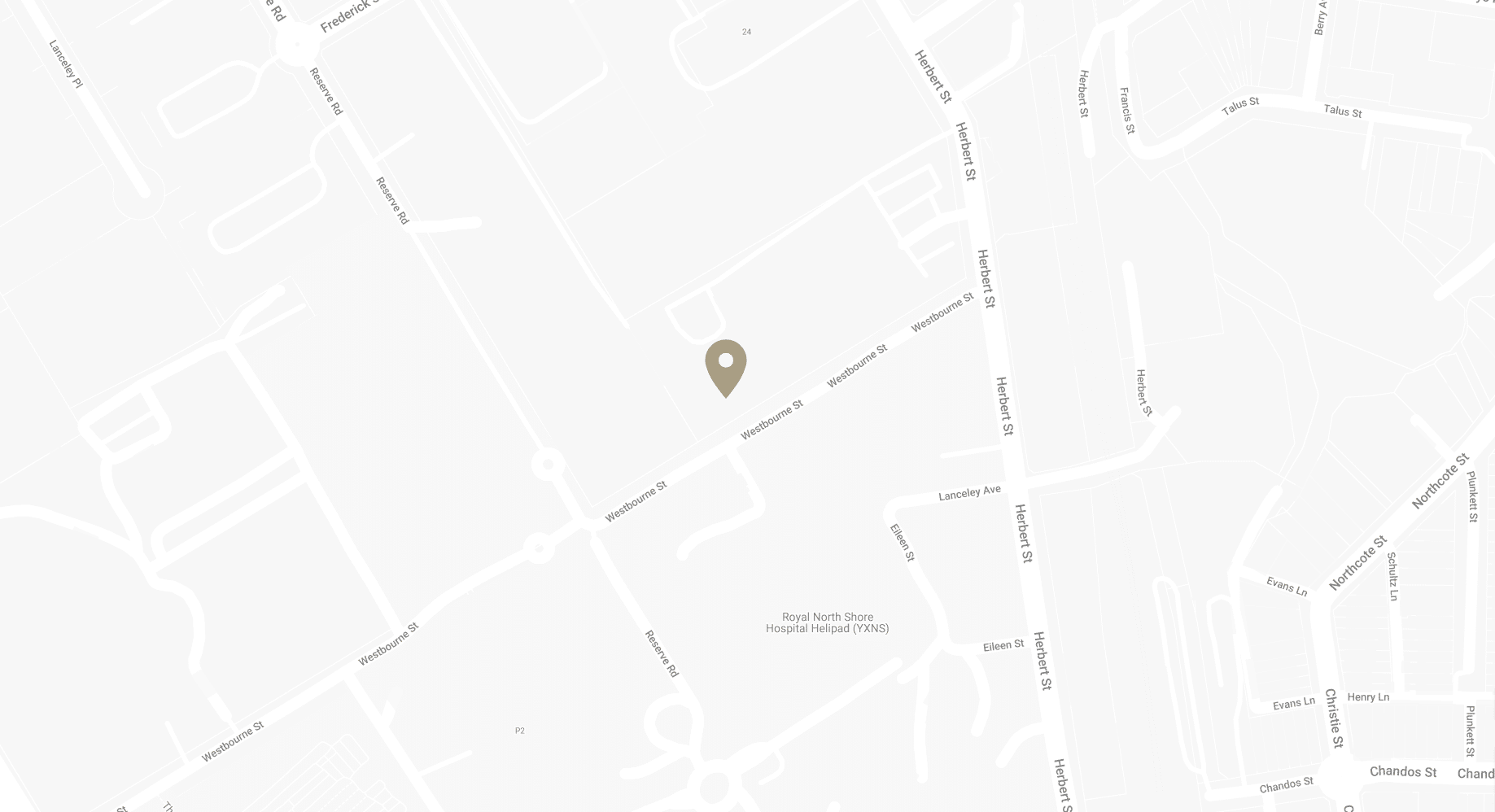Resuming Your Exercise Routine during Recovery after Eyelid Surgery
Getting back to exercise after blepharoplasty surgery is a process that can be different for each patient. After the surgery, getting back to physical activities goes beyond just regaining strength or fitness; it’s closely linked with an individual’s sense of self and routine. For many people, the desire to start exercising again comes from a deep-seated need to reconnect with familiar routines that reduce stress and create a feeling of achievement. Missing the daily run, the shared experience of a fitness class, or the quiet focus of a yoga practice is common during recovery.
In this blog, Sydney Specialist Plastic Surgeon Dr Bish Soliman will explore the topic of getting back to exercise after Blepharoplasty Surgery.
Download Dr Bish Soliman Blepharoplasty Guide

Immediate Post-Operative Care
After your blepharoplasty surgery, the first 24-48 hours are a critical period for your recovery. During this time, it’s important to follow Dr Bish’s instructions carefully to ensure a smooth and safe healing process. Here is what this period involves and how you can best manage it:
Initial 24-48 Hours
In the first day or two following your surgery, rest is your top priority. Your body needs time to heal, and it’s essential to give yourself this opportunity. You might experience some discomfort, swelling, or bruising around your eyes, which is normal. To help with this, Dr Bish will likely advise you to:
- Keep Your Head Elevated: Try to keep your head raised higher than your heart. This position helps reduce swelling and can be achieved by propping up pillows when you’re lying down.
- Use Cold Compresses: Applying cold compresses gently to your eyelids can be soothing and helps to minimise swelling. However, be cautious not to apply pressure directly to your eyelids.
- Take Prescribed Medication: If Dr Bish has prescribed any medication, such as pain relief or antibiotics, it’s important to take these as directed.
- Limit Activities: Avoid any strenuous activities, including bending over or lifting heavy objects, as these can increase blood pressure around your eyes and exacerbate swelling.
Dr Bish Soliman’s Instructions for Rest and Care
Resting doesn’t just mean physical rest; it also means giving your eyes a break. Avoid activities that strain your eyes, like reading, watching TV, or using a computer or smartphone for prolonged periods. Dr Bish may also recommend wearing dark sunglasses to protect your eyes from light and wind when you go outside.
Recognising Signs of Complications
While complications from blepharoplasty are rare, it’s important to be aware of signs that might require immediate medical attention. Contact Dr Bish if you experience any of the following:
- Severe Pain: Some discomfort is normal, but if you experience severe pain that isn’t relieved by prescribed medication, it could be a sign of complications.
- Vision Changes: While slight blurring is common due to ointment or swelling, significant changes in your vision should be promptly addressed.
- Unusual Swelling or Bruising: Some swelling and bruising are expected, but if you notice an excessive or sudden increase, it could be a cause for concern.
- Signs of Infection: Keep an eye out for increased redness, warmth, or discharge from the surgical area, as these could indicate an infection.
The immediate post-operative period after blepharoplasty is about taking it easy and closely following Dr Bish’s advice.
First Weeks Following Surgery
As you move past the initial 24-48 hours after your blepharoplasty surgery, the next few weeks are a period of gradual recovery and adjustment. During this time, you’ll likely observe a reduction in swelling and bruising, attend follow-up appointments, and monitor the healing process. Here is what you can expect in these weeks:
Swelling and Bruising Start to Subside
In the weeks following your surgery, you’ll start to see a noticeable decrease in swelling and bruising around your eyes. This is a positive sign that your body is healing as expected. You can do these actions to support this process:
- Continue Using Cold Compresses: While you may not need to use cold compresses as frequently as in the first few days, they can still be beneficial in reducing any residual swelling.
- Gentle Exercise: Light walking or gentle movement can aid circulation and help reduce swelling. However, be sure to avoid any strenuous activities or exercises that could strain your eyes or increase blood pressure to the area.
- Stay Hydrated: Drinking plenty of water helps your body heal and reduces swelling. Aim to stay well-hydrated during your recovery period.
- Healthy Eating: A balanced diet rich in vitamins and minerals can support your body’s healing process.
Observing Changes and Healing Progression
As you go through the weeks post-surgery, it’s important to be observant of the changes and progress in your healing. You might notice:
- Changes in Sensation: It’s common to experience temporary changes in sensation around your eyelids, such as numbness or tingling. These sensations typically improve over time.
- Improvement in Vision: If your blepharoplasty was performed to improve obstructed vision, you might start noticing improvements as the swelling subsides.
- Cosmetic Changes: As the bruising and swelling diminish, you’ll begin to see the aesthetic results of your surgery.
Tailoring Your Exercise Regimen Post-Blepharoplasty
As you go through the recovery period following blepharoplasty surgery, reintroducing exercise into your routine requires a thoughtful approach. It’s important to assess your physical capabilities, understand your individual limitations, consult with your medical team, and adapt exercises to align with your recovery needs.
The key to resuming exercise after eyelid surgery is to start slow and listen to your body. Your physical capabilities post-surgery may not be the same as they were pre-surgery, at least initially. Here’s how to check your readiness:
- Start With Light Activities: Begin with low-impact activities like walking. This can give you a good sense of your current endurance and comfort levels without placing undue stress on your body.
- Pay Attention to Your Body’s Signals: Be vigilant about any discomfort or unusual sensations around your surgical area while exercising. Swelling or pain should be taken as signs to ease up or stop.
- Gradual Progression: Increase the intensity and duration of your workouts gradually, rather than jumping back into your pre-surgery exercise intensity.
Individual Limitations when Resuming Exercise after Blepharoplasty
Every individual’s recovery process is different, and this includes the time and manner in which you can return to exercise. Factors influencing this include:
- Age and General Health: These can impact how quickly you recover and how soon you can return to more strenuous activities.
- Type of Surgery and Healing Process: Depending on the specifics of your surgery and how your body is healing, Dr Bish may recommend different timelines or restrictions for resuming exercise.
- Pre-Surgery Fitness Levels: If you were highly active before your surgery, you might feel eager to return to your previous fitness routine. However, it’s important to acknowledge that your body needs time to heal, regardless of previous fitness levels.
Adapting Exercises to Suit Recovery Needs
Adapting your exercise routine is important for a safe and effective return to fitness. Consider the following:
- Focus on Low-Impact Exercises: Activities like swimming, cycling, or gentle yoga can be good options as they are less likely to cause strain or increase blood pressure in the eye area.
- Avoid High-Intensity Workouts Initially: Activities that involve heavy lifting, rigorous cardiovascular exercise, or high-impact movements should be avoided in the early stages of recovery.
- Incorporate Flexibility and Strength Training: These can help maintain muscle tone and flexibility without putting too much strain on your body.
Recommended Exercises after Blepharoplasty Surgery
After Blepharoplasty, choosing the right exercises is key to ensuring a smooth recovery. It’s important to focus on low-impact activities, incorporate gentle stretching and mobility work, and steer clear of high-intensity workouts.
Low Impact Activities
These activities are gentle on your body and are unlikely to jolt or strain the sensitive area around your eyes. They’re an excellent way to keep moving without overdoing it.
- Walking: This is a great starting point. Begin with short, leisurely walks, gradually increasing your pace and distance as you feel comfortable. Walking boosts circulation, which is beneficial for healing, and it’s a great way to get fresh air and gently re-engage with your usual activities.
- Cycling: Stationary cycling can be a good option. It allows you to control the intensity, and because it’s low-impact, it won’t jar your body. If you opt for outdoor cycling, be mindful of your environment – avoid uneven terrain that could lead to jarring movements.
- Swimming: Once you’re cleared by Dr Bish, swimming is a fantastic full-body workout that’s gentle on the joints and eyes. However, wait until your incisions have fully healed before getting into a pool, as exposure to chlorine or bacteria can be harmful during the early stages of healing.
Stretching and Mobility
Stretching and gentle mobility exercises are important to maintain flexibility without putting your recovery at risk.
- Yoga and Pilates: Look for classes or videos specifically designed for beginners or those recovering from surgery. Focus on poses and exercises that promote gentle stretching and core strength. Avoid any inverted poses that can increase blood flow to your head and face.
- Tai Chi: This is another excellent option. It’s a form of martial arts known for its slow, deliberate movements and deep breathing, making it ideal for maintaining flexibility and reducing stress without straining your body.
- Basic Stretching Routine: Incorporate a routine that gently stretches your major muscle groups. Remember, the goal here is gentle motion, so don’t push yourself to the point of discomfort.
Avoidance of High-Intensity Workouts
It’s essential to avoid high-intensity workouts initially. These can increase blood pressure and heart rate, potentially leading to increased swelling or bleeding around the delicate eye area.
- Avoid Running and Jumping: Activities like running, jumping, or other high-impact sports can be too jarring during your recovery.
- Steer Clear of Heavy Weightlifting: Lifting heavy weights can strain your body and increase blood pressure, which is not advisable post-surgery.
- Be Cautious with Cardio Workouts: High-intensity cardio workouts should be resumed only after Dr Bish gives you the green light. Start with low-intensity cardio and gradually build up.
FAQs about Recovery after Blepharoplasty Surgery
How long does it take to recover fully from Blepharoplasty?
- Recovery time can vary, but most patients can return to their normal routine within two weeks. However, complete healing and the final results of the surgery may take several months to become fully apparent. It’s important to note that individual recovery times can differ based on factors like age, overall health, and the specifics of the surgery performed.
Can I wear makeup or contact lenses during my recovery?
- It’s usually recommended to avoid wearing makeup for at least a week or two after Blepharoplasty to prevent irritation and the risk of infection. As for contact lenses, patients are often advised to avoid wearing them for about two weeks post-surgery, as the act of inserting and removing lenses may cause discomfort and strain to the healing tissues.
Is it normal to experience dry eyes after Blepharoplasty?
- Yes, it’s quite common to experience dry eyes after eyelid surgery. Dr Bish may recommend lubricating eye drops to help alleviate this symptom. The dryness usually diminishes as you heal, but if it persists or causes significant discomfort, you should consult Dr Bish.
How should I care for my incisions?
- Dr Bish will provide specific instructions on how to care for your incisions. This usually includes keeping the area clean, applying any prescribed ointments, and avoiding direct sun exposure to the incision sites. It’s essential to follow these instructions carefully to minimise scarring and support the healing process.
When can I resume driving after Blepharoplasty?
- You should avoid driving until you are no longer taking prescription pain medication and your vision is no longer impaired by swelling or bruising. This is usually around 7-10 days after the surgery, but it can vary. Make sure you feel confident in your vision and comfort while driving, and if in doubt, consult Dr Bish for advice.
Further Reading about Blepharoplasty with Dr Bish Soliman
- Read more about How Painful Is It To Get Blepharoplasty Stitches Removed?
- Read more about Tips to Reduce Swelling and Bruising After Eyelid Surgery
- Read more about What Are Hooded Upper Eyelids and How to Correct Them
- Read more about Recovery after Eyelid Surgery
- Read more about Blepharoplasty Procedure Page
- Read more about Preparing for Upper Blepharoplasty Surgery performed in rooms
Medical References about Recovery after Blepharoplasty
- Eyelid surgery – NHS
- When to Resume Exercise After an Eye Surgery or Injury – American Academy of Ophthalmology
- Blepharoplasty (Eyelid Surgery) – Cleveland Clinic
- Upper Eyelid Blepharoplasty: Evaluation, Treatment, and Complication Minimization – PubMed
- Eye Bag Surgery: Procedure, Alternatives, Cost, Recovery – Medical News Today



